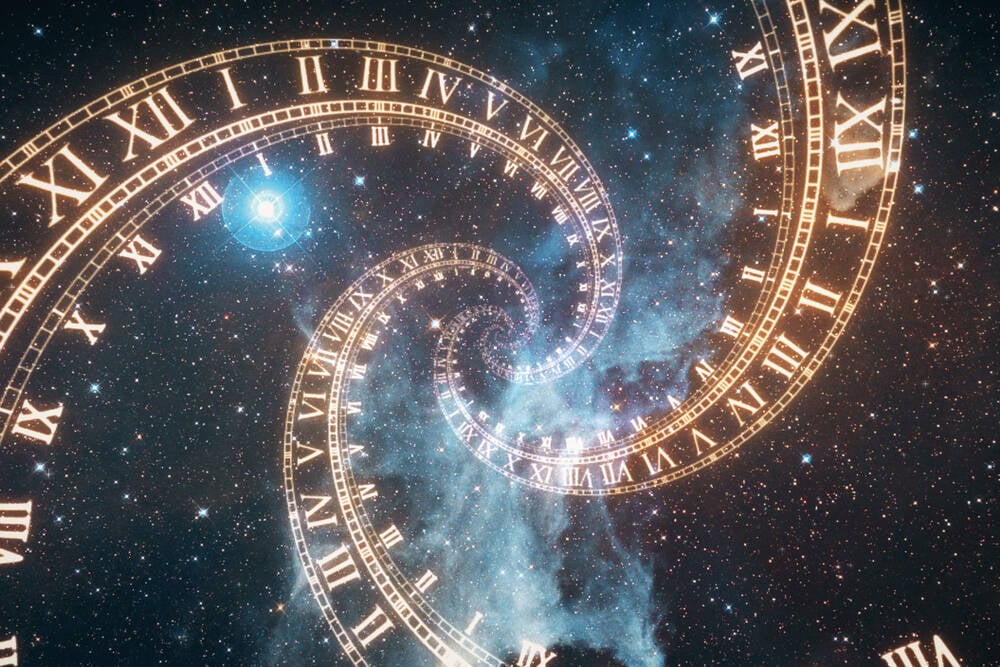It’s about time someone nailed down the nuclear clock

An international team of researchers has, for the first time, coupled an atomic nucleus to an atomic clock to compare differences in their timekeeping frequencies.
The breakthrough promises to ease the development of the next generation of ultra-precise timekeepers based on nuclear physics and help study the fundamental constants of the universe.
The current international standard for timekeeping is based on an atomic clock using microwaves to flip the state of caesium atoms, an approach that provides 16-digit accuracy, supporting space missions and enabling GPS navigation. More accurate strontium-based atomic clocks are possible – and accurate to one second every 40 billion years – by emitting radiation in the visible, rather than microwave, spectrum.
Physicists have theorized for some time that another, more accurate generation of clocks might be possible based on the state of the atomic nucleus, rather than the state of the atom as a whole.
A study led by graduate student Chuankun Zhang at the University of Colorado showed that it is possible to compare the transition between energy states in thorium-229 with a strontium-based atomic clock, according to a paper published in Nature today.
In an accompanying article, University of Würzburg professor Adriana Pálffy and Max Planck Institute professor José Crespo López-Urrutia said the work represented a “giant step towards nuclear clocks that could track even the slowest drifts in the fundamental constants that govern the physical world.”
The result was no sudden breakthrough, though. Instead, it was the culmination of three decades of global collaboration.
One of the challenges was developing a frequency “comb” to drive the transitions between states in the atomic nuclei. Existing atomic clocks rely on this a device to “emit light at millions of discrete frequencies such that their spectra resemble long combs with teeth that have even, precisely known spacing.”
But no such devices had been developed for nuclear clocks. Zhang et al’s work built on the development of a vacuum ultraviolet (VUV) frequency comb built in Germany. It also used techniques in crystallography from Austria to develop calcium fluoride crystals capable of safely housing the thorium-229 ions for the purposes of the nuclear clock experiment. The transition state of the nuclei was then compared with that of an optical clock based on strontium atoms.
The ability to compare the performance of two highly accurate clocks could lead to work to determine variations in the fine structure constant, a fundamental property of matter that characterizes the strength of electromagnetic interactions.
“One exciting prospect involves monitoring how the transition frequency of the nuclear clock varies over time,” Pálffy and López-Urrutia said. “This could reveal hypothetical tiny changes in the fine structure constant (quantifying the strength of the electromagnetic interaction between charged particles) as well as in the coupling between nuclear particles, all of which will motivate searches for new physics.”
The paper’s authors noted that the results “mark the start of nuclear-based solid-state optical clocks and demonstrate the first comparison … of nuclear and atomic clocks for fundamental physics studies.” ®